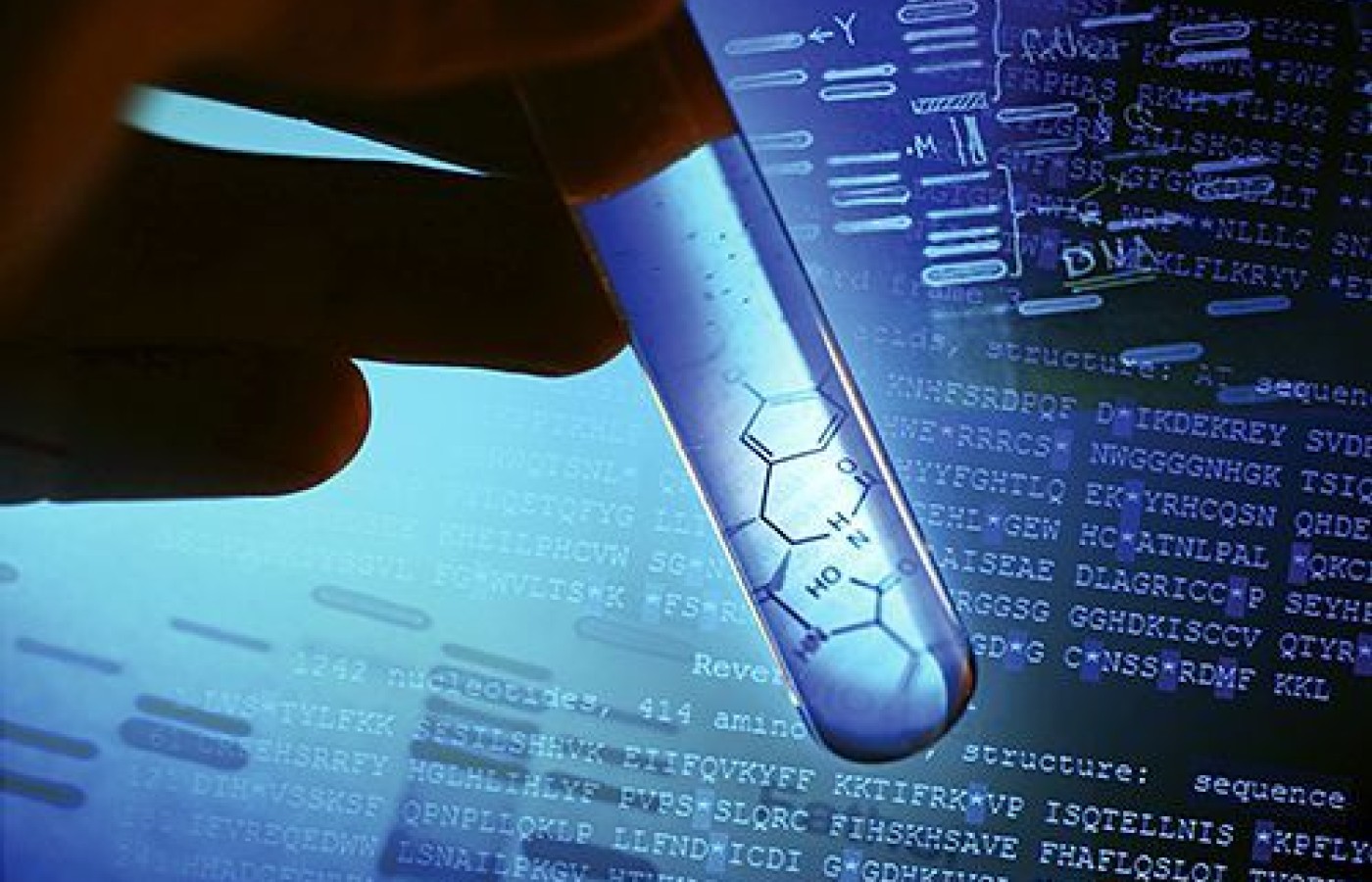New York's highest court of appeals has held that no-fault insurers cannot deny no-fault benefits where they unilaterally determine that a provider has committed misconduct based upon alleged fraudulent conduct. The Court held that this authority belongs solely to state regulators, specifically New York's Board of Regents, which oversees professional licensing and discipline. This follows a similar recent ruling in Florida reported in this publication.
Exercise and Diet: New Technology for Patient Success
I have spent more than half of my life as a chiropractor and as I have aged, so has my patient population. I've seen some patients deal with cancer, some deal with diabetes, some deal with dementia, some deal with long-term depression, very few with stroke, lots who deal with abnormal cholesterol levels, high blood pressure, weight gain and obesity. But most deal with degenerative disease and joint/muscle problems.
As we age, we are susceptible to osteoporosis and osteoarthritis. It's not only the joints that are affected, but what happens to muscle as we age? Muscle mass decreases. Beginning in the fourth decade of life, adults lose 3% to 5% of muscle mass per decade. After age 50, the decline becomes 1% to 2% per year. Muscle keeps us strong, it burns calories and helps us maintain our weight and it contributes to balance and bone strength. There is no doubt that one of the most effective and natural anti-aging options available is exercise. Then the question becomes, "What type and how much exercise?"

There is new technology available involving genetic testing that is useful to help doctors program specific exercise recommendations (the amount of time to spend on low and high intensity workouts) to restore and maintain muscle and healthy metabolic function. The era of personalized and individualized health care is among us, made possible by testing our blood, respiration, heart rates and now our DNA. There is a simple in-office, two minute inside the mouth cheek swab test that gets sent out to a specialty lab that provides exact percentages of exercise targets (the number of sessions per week and recommendations for low intensity and high intensity workout percentages), macronutrient eating profiles and supplement recommendations. Based upon this full genetic analysis, I can offer patients the most accurate recommendations to efficiently train them for optimal response so they can lose weight, control fat mass and maintain lean muscle mass as they age and not experience detrimental aging effects of "over-training" from exercise. We know that fit people live longer and fit people live better. In addition to the DNA test, I feel that a body composition analysis should be performed as part of the patient intake; the "target heart rate" should be explained to the patient and this should be achieved during exercise.
I know that each patient is different and with the new DNA testing, I find that if we can teach our patients to get engaged and keep them engaged in some exercises throughout life, give them some specifics about cross-training exercises, along with a recommendation for exercise intensity, teach them a little about improving nutrition, help them make better food choices to taper off toxic foods and chemicals, talk about hormone management (if needed) and do a little work on what's going on in there head (stress management), then I am sure I am helping patients live a more healthful lifestyle.
My message to patients is consistent. First, use chiropractic care for proper joint/muscle/nerve function. Along with manipulation, patients get deep muscle stimulation and I teach patients good posture biomechanics. Along with manipulative care, I use technology like laser, shock wave therapy, lymphatic treatments, and SCENAR.
Second, clean up your diet (I still use an anti-inflammatory diet, elimination diet, or Paleo Diet). Along with diet, I recommend high quality functional foods and supplements. Third, I consistently talk about exercise and this includes "Knot out therapy," foam rolling, stretching, strengthening and cardio. Then, I talk about proper rest and this includes types of chairs, beds and pillows because this falls into biomechanics and stress reduction. And finally, I try to promote a positive mental attitude.
Having a rehab practice that embraces new technology helps the regeneration process to heal from injuries, but also to prevent and reverse accelerated aging. If you have been in practice long enough you have seen and experienced what studies have shown: a correlation between low physical fitness and higher risk of the diseases associated with aging. Most patients need motivation to exercise and we know that study after study (and lots of personal experience) shows that exercise and diet dramatically accelerates the healing process compared to diet only. With the DNA test, we know exercise prescriptions, food prescriptions and if you add in a blood test for vitamin deficiency, we have very specific information about our patient and we can write individualized programs.
I never get tired of being the coach, getting patients with pain and disease to add exercise and diet concepts into there already full lifestyle. Fitness and diet assessments should be part of a chiropractic doctor's visit. Exercise and diet is considered an anti-aging intervention.



